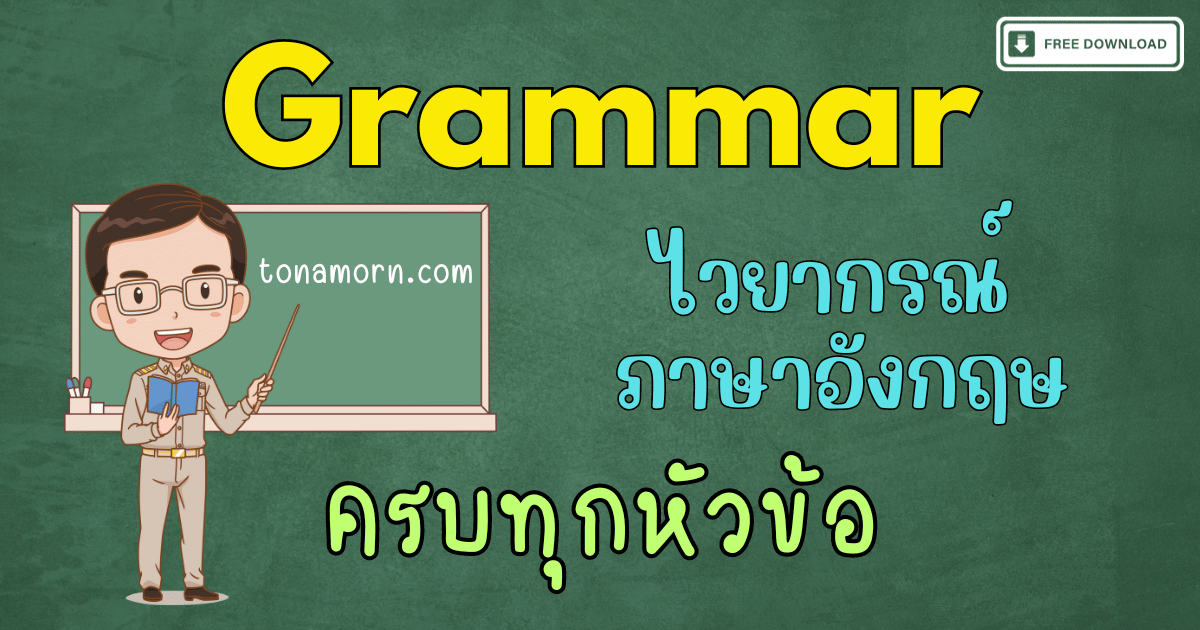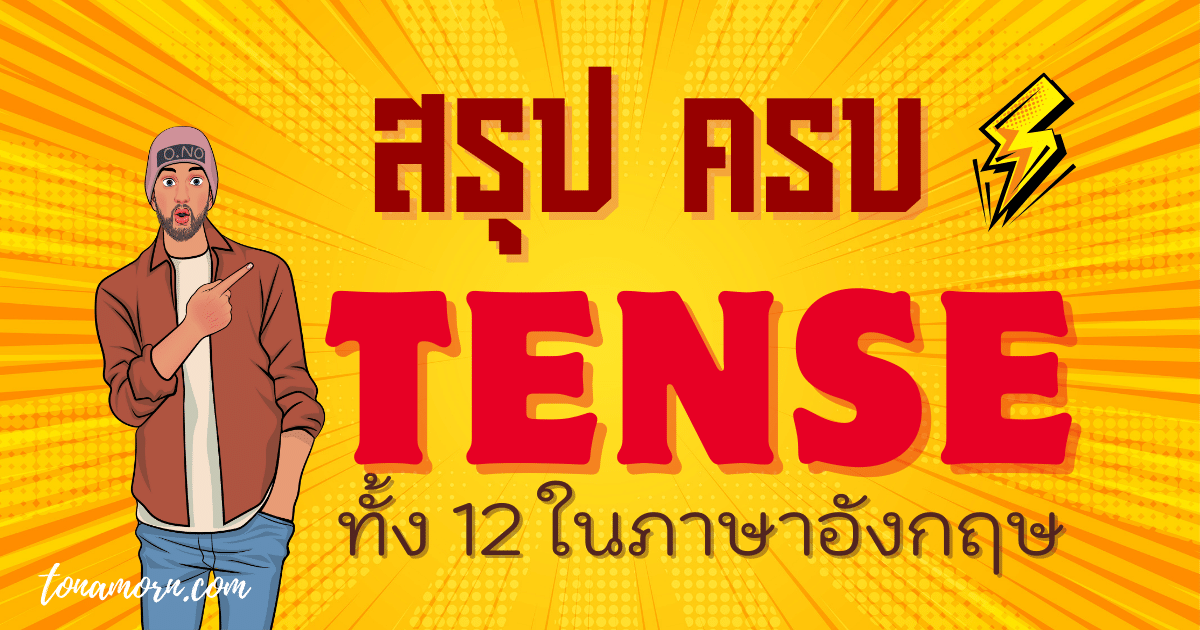Infinitive กับ Gerund ต่างกันอย่างไร ใช้อย่างไร ใช้กับคำกริยาอะไร

Infinitive and Gerund
ในภาษาอังกฤษ Infinitive and Gerundคืออะไร ต่างกันอย่างไร มีวิธีใช้อย่างไร มาอ่านเนื้อหาสรุปกันครับ
Infinitive กับ Gerund
Infinitive
Infinitive หมายถึง กริยาที่มี to นำหน้ากริยาบางคำ และกริยาที่ไม่มี to นำหน้าเมื่อตามหลังกริยาบางคำ แบ่งเป็น
1. Infinitive with to คือกริยาตัวแรก ที่จะต้องมี to มาคั่นก่อนที่จะตามด้วยกริยาตัวที่ 2 หรือ มีคำนาม สรรพนามก่อน แล้วจึงตามด้วย to
1. กริยาที่ตามด้วย infinitive with to ได้แก่
agree decide hesitate plan
arrange deserve hope refuse
attempt endeavor learn swear
care fail manage try
consent forget mean
2. กริยาที่ตามด้วย noun หรือ pronoun ก่อนแล้วตามด้วย infinitive with to ได้แก่
advise command instruct persuade
allow compel invite press
beseech encourage order remind
cause force permit request
3. กริยาที่ตามด้วย infinitive with to และ noun(pronoun) + to + infinitive ได้แก่
ask hate promise
beg like trouble
desire prefer want
expect prepare wish
2. Infinitive without to คือ กริยาตัวแรกที่จะตามด้วยกริยาตัวที่ 2 ได้เลย หรือตามด้วย คำนาม หรือ สรรพนาม ก่อน แล้วจึงตามด้วยกริยาตัวที่ 2 ได้เลย
Infinitive without to มีดังนี้
1. กริยาที่ตามหลังด้วย noun หรือ pronoun ได้แก่
bid , help , let , make เช่น
Her mother let her daughter play the piano.
2. กริยาที่ตามด้วย noun , pronoun ก่อนแล้วตามด้วย
infinitive without to หรือ V-ing ได้แก่ feel , hear , notice , observe , see , watch เช่น
We heard the boy cry.
We heard the boy crying.
3. กริยาที่ตามด้วย infinitive without to ได้แก่
had better would rather would sooner
You had better take a bus than walk.
She would rather go and see her uncle.
Gerund
Gerund หมายถึง กริยาที่เติม ing และใช้แบบ noun อาจเป็นประธานของประโยคหรือตามหลังคำกริยาบางคำ ได้แก่ like , stop , begin , avoid เป็นต้น
1. ใช้ gerund เป็นประธานของประโยคในรูปเอกพจน์ เช่น
Walking is useful to us.
2. ใช้ตามหลังคำกริยา ตัวอย่างเช่น
admit delay keep
appreciate deny practice
avoid enjoy risk
busy finish suggest
come escape stand
go keep on recall
sit mind postpone
complete miss go on
consider keep enjoy
3. ใช้ gerund หรือ to + infinitive ตามหลังกริยาต่อไปนี้
begin like remember stop
can’t bear love intend start
commence hate neglect prefer
continue try plan cease
กรณีที่ให้ความหมายต่างกัน
การใช้ gerund หรือ to + infinitive ที่มีความหมายต่างกัน เช่น
We stopped + to + V. หมายถึง เราหยุดเพื่อที่จะทำสิ่งนั้น
We stopped + V. ing หมายถึง เราหยุดกระทำสิ่งนั้น
4. ใช้ gerund ตามหลัง V + preposition และ V + adj + preposition
ได้แก่
to be accustomed to to devote … to to succeed in
to be afraid of to give up to take to
to be fond of to look forward to to think of
to be interested in to object to
to be tired of to prevent… from
to be used to to prohibit from
สรุป
Infinitive and Gerund
Infinitive คือ กริยารูปปกติ(กริยาช่องที่ 1) แต่ไม่ได้ทำหน้าที่เป็นกริยาแท้ (Finite Verb) ของประโยค แต่ถูกนำมาใช้ทำหน้าที่อื่นๆ เช่น Noun, Adjective หรือ Adverb
ตัวอย่างประโยคภาษาอังกฤษ
To climb Mt .Everest was my greatest ambition.(To climb Mt. Everest – เป็น noun เป็นประธานของประโยค)
The first attempt to build the Panama Canal ended in failure.(attempt – noun, to build the Panama Canal -ทำหน้าที่เป็น adjective ขยาย attempt)
The prepare for the storm. we nailed plywood over the store windows. (The prepare for the storm – ทำหน้าที่เป็น adverb, nailed – verb)
ในภาษาอังกฤษแบ่ง Infinitive ออกเป็น 2 ชนิด ได้แก่
1.Infinitive with to หรือ To Infinitive
มีโครงสร้าง คือ to + V1(to + กริยาแท้ช่องที่ 1)
โดยกริยาแท้ช่องที่ 1 ที่วางอยู่หลัง to จะไม่ทำหน้าที่เป็นกริยาแท้ของประธานในประโยค
ตัวอย่างเช่น to cry, to leave เป็นต้น
2.Infinitive without to หรือ Bare Infinitive คือคำกริยาประเภทที่ไม่ต้องมี to นำหน้า หรือเรียกกันว่า V1 หรือกริยาช่อง 1 นั่นเอง แต่ไม่มี to นำอยู่ข้างหน้า
ตัวอย่างเช่น cry, leave เป็นต้น
การใช้ To Infinitive และ Infinitive without to นี้ จะไม่มีการเปลี่ยนรูปโดยเด็ดขาดไม่ว่าจะอยู่ในรูป Present, Past หรือ Future Tense ก็ตาม
Gerund หรือ กริยานาม คือ Verb หรือกริยาซึ่งถูกเติม ing ไว้ข้างหลัง เพื่อเปลี่ยนจากคำกริยาให้กลายเป็นคำนาม ซึ่งจะแปลว่า การ หรือ ความ แล้วนำมาใช้เป็นประธาน (Subject) กรรม (Object) หรือส่วนขยายประธาน (Subjective Complement) ในประโยคได้
ตัวอย่างเช่น cooking แปลว่า การทำอาหาร
ตัวอย่างประโยคภาษาอังกฤษ
I am interested in cooking. (cooking – เป็นกรรมของ in ซึ่งเป็น preposition)
My hobby is reading. (reading – เป็นส่วนขยายของกริยา is ซึ่งแปลว่าการอ่าน ไม่ใช่กำลังอ่าน)




